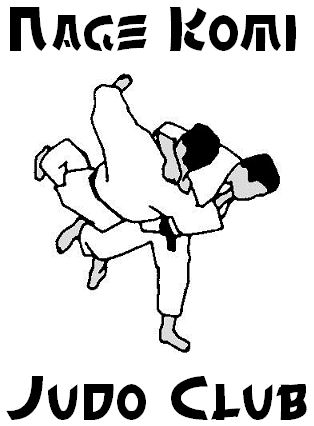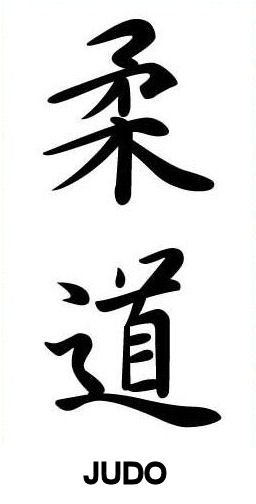aa
By 1910 Judo was a recognized sport that could be safely engaged in and in 1911 it was adopted as a part of Japan's educational system. In the same year, the Kodokan Judo Instructors' Training Department, Kodokan Black Belt Association and Japan Athletic Association were formed. Beginning with the fifth Olympiad in Stockholm, Kano attended every Olympic Game and International Olympic Committee meeting and became a leading figure in international sport.
Kodokan Judo underwent an evaluation by its members in 1920. The Go Kyo No Waza was revised to include only 40 throws. Eight throws from the previous classification were discarded.
In 1921 the Judo Medical Research Society was born.
The Kodokan mottoes, Seriyoku-zenyo (maximum efficiency) and Jita-kyoei (mutual welfare and benefit), emphasize moral and spiritual training in addition to the physical training of Judo. The ultimate goal of Judo was to perfection the individual so that he can be of value to society. This spiritual phase developed gradually and was completed around 1922. In the same year the Kodokan Cultural Judo Society was established.
In his lifetime, Kano attained a doctorate degree in Judo, a degree equivalent to the twelfth dan, awarded to the originator of Judo only. He constantly worked to ensure the development of athletics and Japanese sport in general and as a result is often called the "Father of Japanese Sports." In 1935, he was awarded the Asahi prize for his outstanding contribution to the organizing of sport in Japan during his lifetime.
Apart from being an innovator and administrator, Kano was also a skilled player as testified to by a high-ranking Judoka who, when asked about his experience in competing against Kano, said, 'It was like fighting with an empty jacket"!'
While returning home from an IOC meeting in Cairo where he succeeded in having Tokyo nominated as a site for the 1940 Olympics, a lifetime devoted to Judo ended when Kano died of pneumonia aboard the S. S. Hikawa Maru on 4 May 1938, at the age of seventy-eight year.
World War II saw a different development of Judo. Instead of being used for sport, Judo was being taught as a combat skill. Thoseselected for commando and special services training often achieved a high standard of expertise.
When Japan hosted the 1964 Olympics, Judo was given its first opportunity as an event. Of the sixteen medals awarded for Judo, Japan won three gold medals, and one silver medal. Judo was no longer a Japanese sport but had developed to become an international sport.












